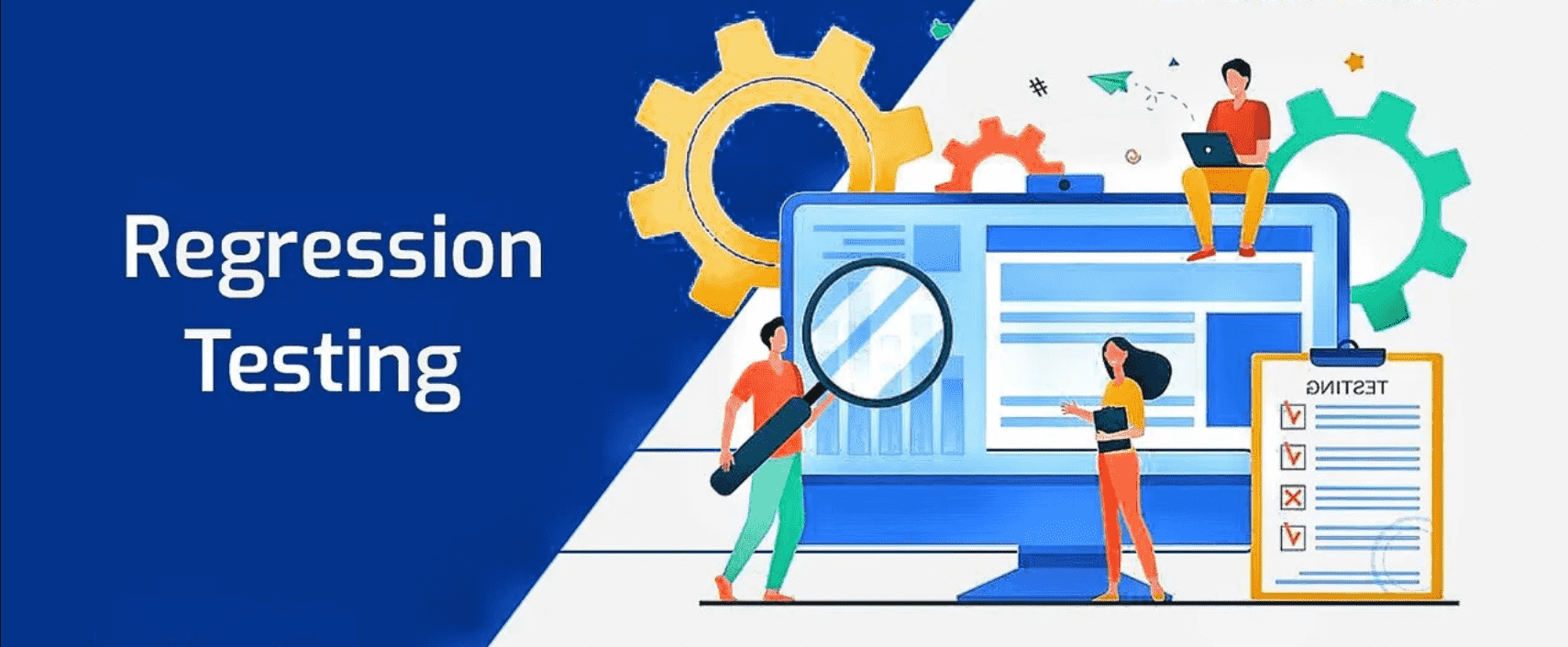Ensuring Blockchain Integrity: The Role of Regression Testing
Introduction
Blockchain technology, known for its decentralized, secure, and transparent nature, is transforming various industries. However, maintaining the integrity of blockchain systems is crucial to preserving their reliability. A key component in ensuring blockchain integrity is thorough testing, particularly regression testing. This article delves into the importance of blockchain integrity, the unique challenges in testing blockchain systems, and the critical role regression testing plays in blockchain development.
Importance of Blockchain Integrity
Blockchain integrity encompasses the accuracy, dependability, and immutability of the data stored on the blockchain. The decentralized aspect of blockchain ensures data is not governed by a single entity, bolstering security and trust. Any compromise in the integrity of a blockchain can result in severe consequences, such as data breaches, financial losses, and reputational damage. Therefore, safeguarding blockchain integrity is essential for its acceptance and trust among users.
Challenges in Blockchain Testing
Testing blockchain applications presents distinct challenges due to their intricate and distributed nature. Key challenges include:
1. Decentralization: Blockchain applications operate on decentralized networks, complicating the process of simulating and testing in a controlled setting.
2. Security: Given that blockchain systems are frequent targets for cyberattacks, ensuring security through thorough testing is crucial.
3. Scalability: Blockchain networks need to handle a growing number of transactions efficiently as they expand. Testing for scalability is necessary to ensure performance under load.
4. Compatibility: Blockchain applications often need to integrate with other systems and platforms, necessitating extensive compatibility testing.
Regression Testing in Blockchain Development
Regression testing is a type of software testing that ensures recent code changes have not negatively impacted existing functionalities. In blockchain development, regression testing is essential for several reasons:
1. Maintaining Integrity: Any modification to the blockchain code can potentially affect its integrity. Regression testing helps detect and address such issues before they become critical.
2. Ensuring Consistency: Blockchain applications must maintain consistency across all nodes. Regression testing ensures that updates do not disrupt this consistency.
3. Preventing Bugs: New updates can introduce bugs. Regression testing helps identify these bugs early in the development cycle.
Automated vs. Manual Regression Testing for Blockchain
Both automated and manual regression testing play important roles in blockchain development.
• Automated Regression Testing: Automation tools can execute a large number of test cases quickly and efficiently, making them ideal for repetitive and time-consuming tasks. Automated tests can be run frequently to ensure code changes have not introduced new issues.
• Manual Regression Testing: Manual testing is necessary for scenarios requiring human judgment, such as user experience and interface testing. It is also useful for complex test cases that are challenging to automate. A balanced approach, combining both automated and manual testing, can lead to more comprehensive test coverage and higher-quality blockchain applications.
Best Practices for Effective Regression Testing
To ensure effective regression testing in blockchain development, consider the following best practices:
1. Develop a Comprehensive Test Plan: Include all functionalities and potential edge cases in your test plan.
2. Prioritize Test Cases: Focus on critical functionalities that could impact the integrity and performance of the blockchain.
3. Use Version Control: Maintain proper version control to track changes and facilitate rollbacks if needed.
4. Automate Where Possible: Automate repetitive test cases to save time and resources.
5. Conduct Regular Testing: Perform regression testing regularly, especially after significant code changes or updates.
Case Studies of Successful Blockchain Regression Testing
Several organizations have successfully employed regression testing in their blockchain projects. For instance, a financial institution that implemented a blockchain-based transaction system used automated regression testing to ensure system reliability. By continuously testing their system, they could promptly detect and resolve issues, ensuring secure and seamless transactions. Another example is a supply chain company that combined automated and manual regression testing to validate its blockchain solution. This approach helped them maintain data integrity and streamline operations across different regions.
Future Trends in Blockchain Regression Testing
As blockchain technology advances, regression testing methodologies must also evolve. Future trends in blockchain regression testing may include:
1. AI and Machine Learning: Leveraging AI and machine learning to identify patterns and predict potential issues in blockchain systems.
2. Advanced Automation Tools: Developing more sophisticated automation tools tailored for blockchain environments.
3. Decentralized Testing: Implementing decentralized testing approaches that utilize the distributed nature of blockchain networks.
Conclusion
Maintaining the integrity of blockchain systems is critical for their success and adoption. Regression testing is vital in preserving this integrity by identifying and addressing issues resulting from code changes. By integrating automated and manual regression testing and adhering to best practices, developers can ensure the reliability and security of their blockchain applications. Staying informed about future trends will be essential for effective blockchain regression testing as the technology evolves.















